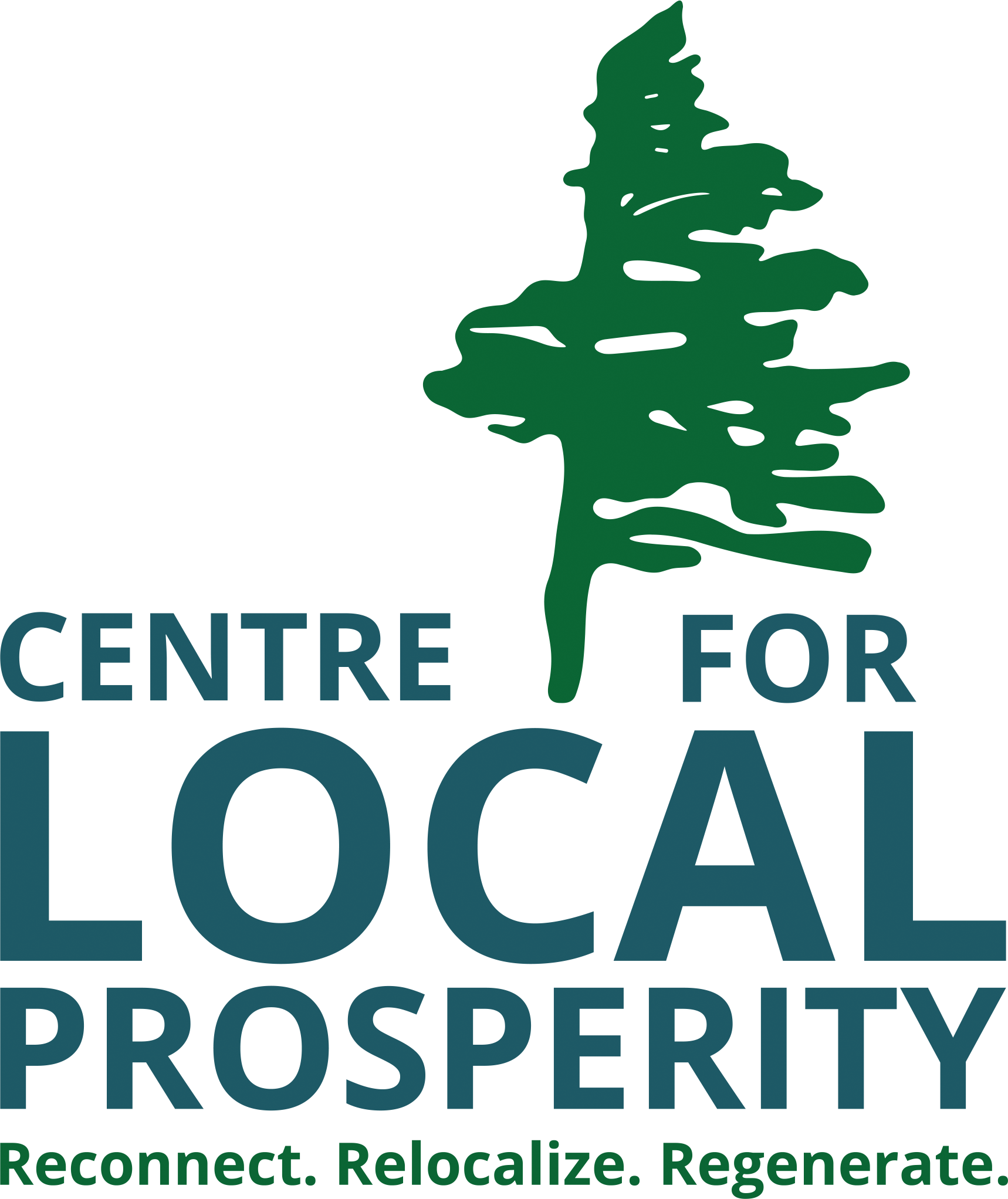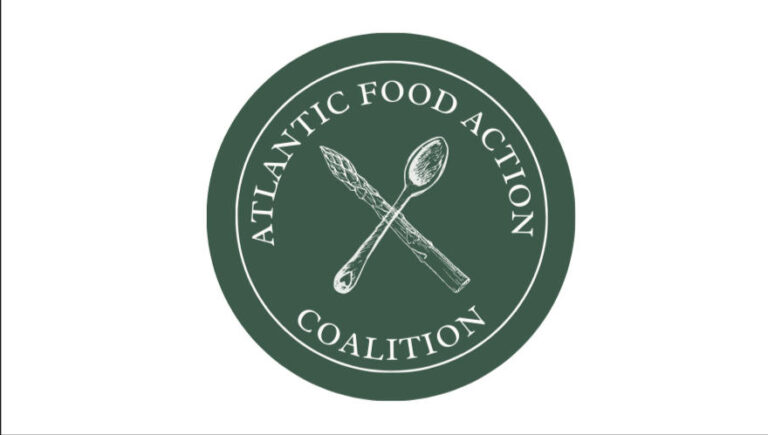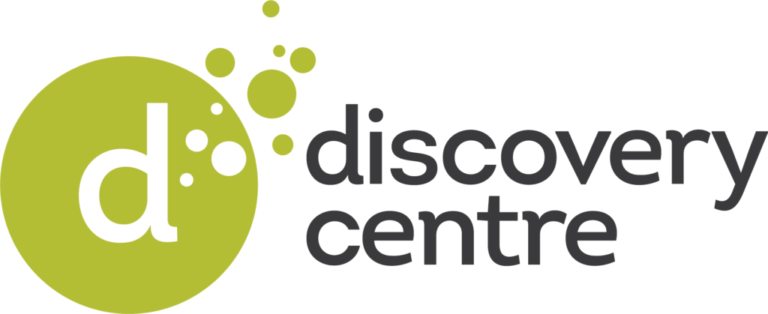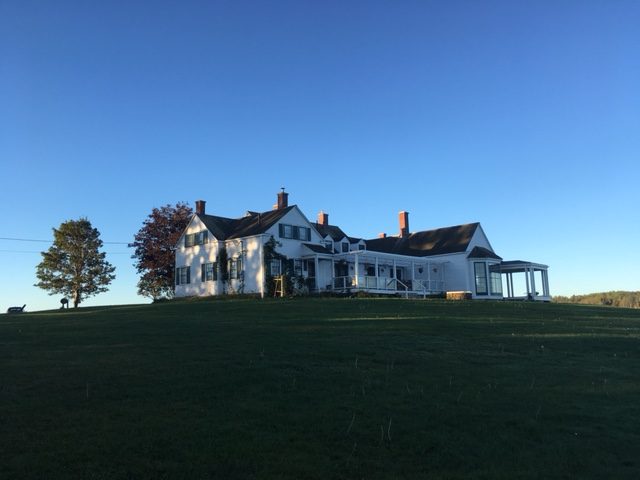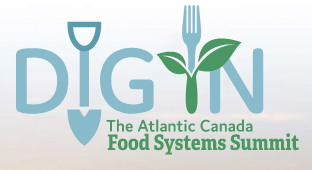WHAT DO WE DO?
We work to empower rural Atlantic Canadian communities to strengthen their local agency for the future through education, building connections, creating pathways, and catalyzing new initiatives.
We believe economic localization is a key aspect of the solution to building resilience for current and future challenges including the interlinked and overlapping climate crisis, biodiversity loss and socioeconomic inequality which simultaneously allows communities to gain agency for their future.
get involved & take action
01.
LEARN
Explore our resource library to learn more about key concepts including localization, climate change, and more.
02.
CONNECT
Get involved in our projects, build knowledge, and see change in your communities.
03.
DONATE
Your donation will help us accelerate the transition to more resilient local economies in Atlantic Canada and beyond.
Our Projects

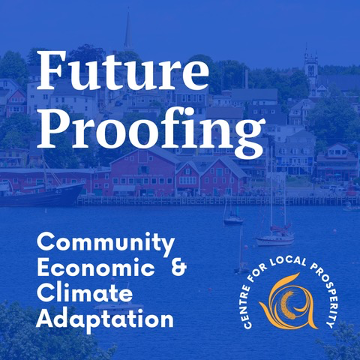

News
Updates about our latest projects and initiatives.

